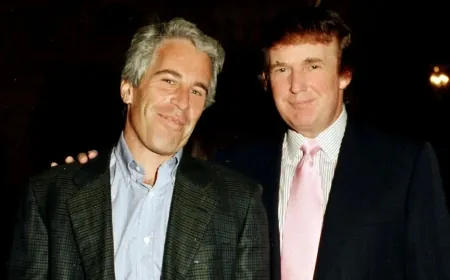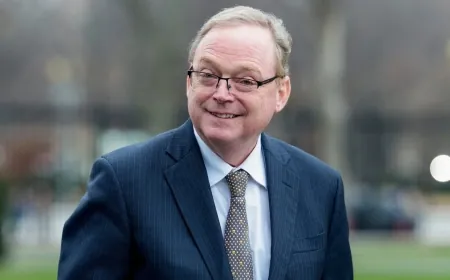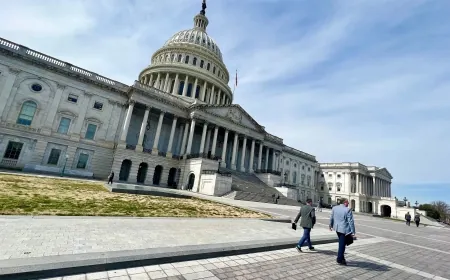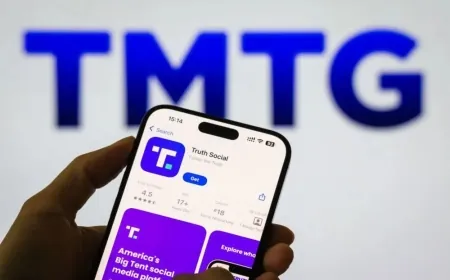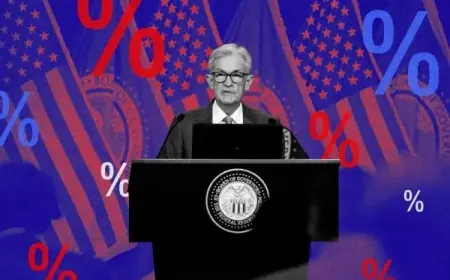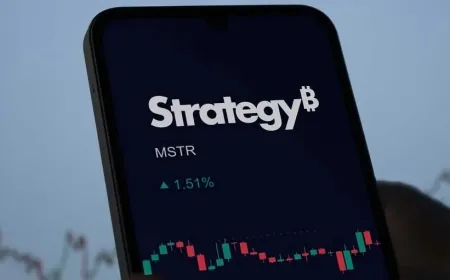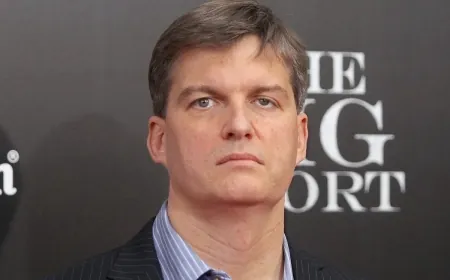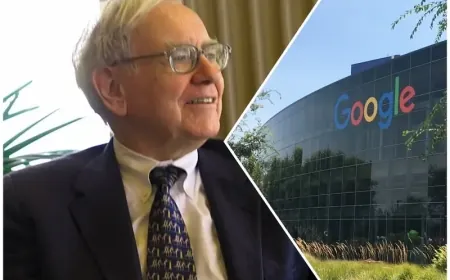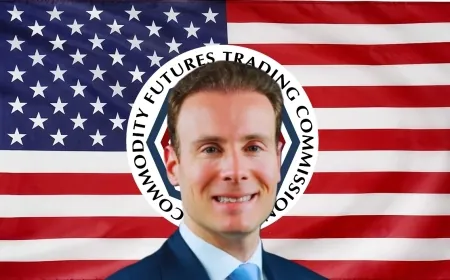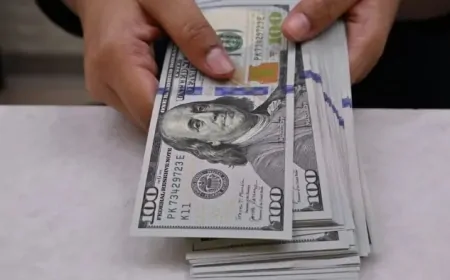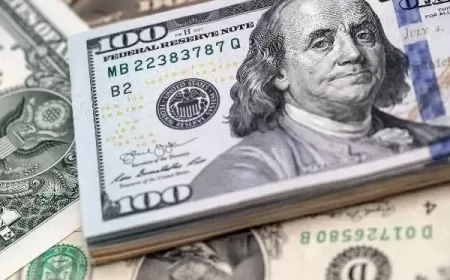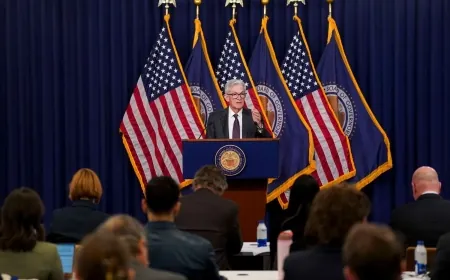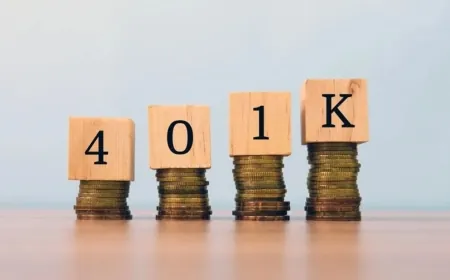Goldman Sachs Slashes Yield Forecasts as Fed Rate Cuts Look Inevitable
Goldman Sachs lowers Treasury yield targets, now expecting three Fed rate cuts this year amid inflation risks and rising government spending.

Goldman Sachs is dialing back its expectations for U.S. Treasury yields, reflecting a growing belief that the Federal Reserve could begin trimming interest rates sooner—and more often—than previously forecast.
In a report published July 3, strategists led by George Cole lowered the firm’s year-end projections for key Treasury yields across the curve. The new call puts the 10-year yield at 4.20% and the 2-year at 3.45%, both down 30 to 40 basis points from earlier estimates. The move marks a clear shift in tone from the Wall Street heavyweight, driven by expectations of a more dovish Fed path ahead.
This adjustment follows Goldman’s revised call on monetary policy: its economics team now anticipates three interest rate cuts before 2025 ends, beginning in September with additional moves in October and December. That’s a notable pivot from its previous expectation of just one cut by year-end.
The change in outlook comes at a time when predicting yield movements has become increasingly fraught. A seemingly strong U.S. jobs report on Thursday added new complexity to the equation. While payroll gains came in ahead of expectations, Goldman’s team pointed out that the boost was heavily driven by government hiring—a sector less reflective of private-sector momentum—and accompanied by a slight dip in the labor force participation rate.
The broader picture, Goldman argues, still supports a shift toward looser policy. “The headline data may look solid, but the underlying trends aren’t pointing to overheating,” said a person familiar with the firm’s thinking.
Layered over these signals is a growing stack of fiscal and political uncertainty. Former President Donald Trump is set to sign a sweeping $3.4 trillion package that includes fresh tax cuts—a move that’s likely to increase government borrowing needs and complicate debt markets. Add to that the inflationary pressures from new tariffs, and the balance becomes even more difficult to strike.
Goldman’s lowered yield projections are now slightly more dovish than the broader analyst consensus. Bloomberg’s average strategist forecast sees the 10-year yield at 4.29% by the fourth quarter, compared to 4.35% at last count before the July 4 market holiday.
Futures markets appear to agree with Goldman’s direction. Overnight-indexed swaps now suggest a better than 70% chance that the Fed will begin cutting rates by September, with another reduction likely by December.
Goldman’s report puts it plainly: “A smoother, more predictable path to lower short-term rates could reduce the fiscal risk premium and bolster the appeal of Treasuries, especially in a year where macro headwinds are colliding.”
investors are now staring at a market recalibrating not just on economic data, but on the increasing probability that the Fed is preparing to pull the trigger on rate cuts—perhaps more quickly, and more aggressively, than many had assumed just weeks ago.
Also Read: Millions of U.S. Seniors Hit With 50% Social Security Cuts as Government Reclaims Overpaid Benefits
|
Follow iShook on Social Media for More Tips and Updates! |
